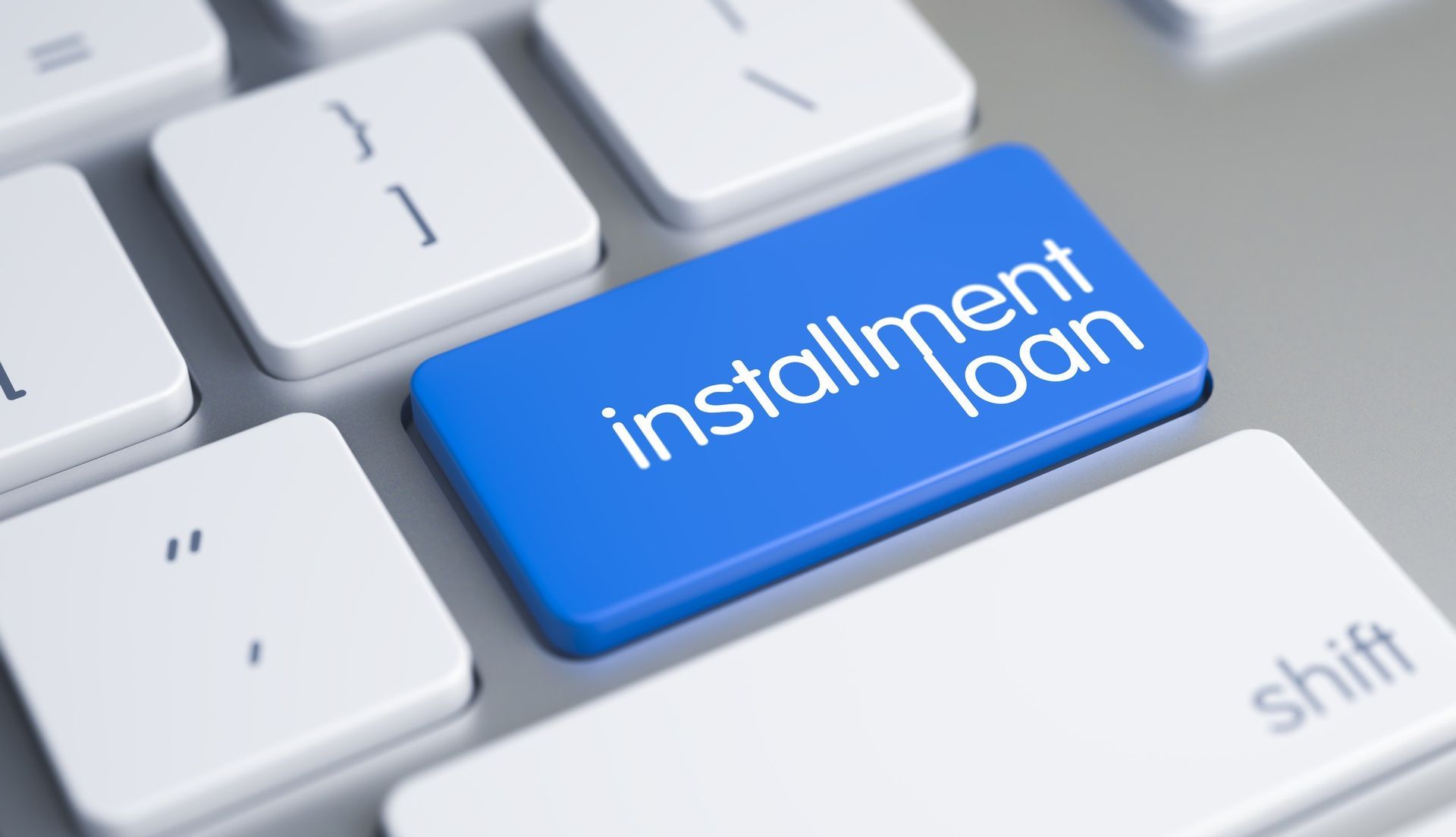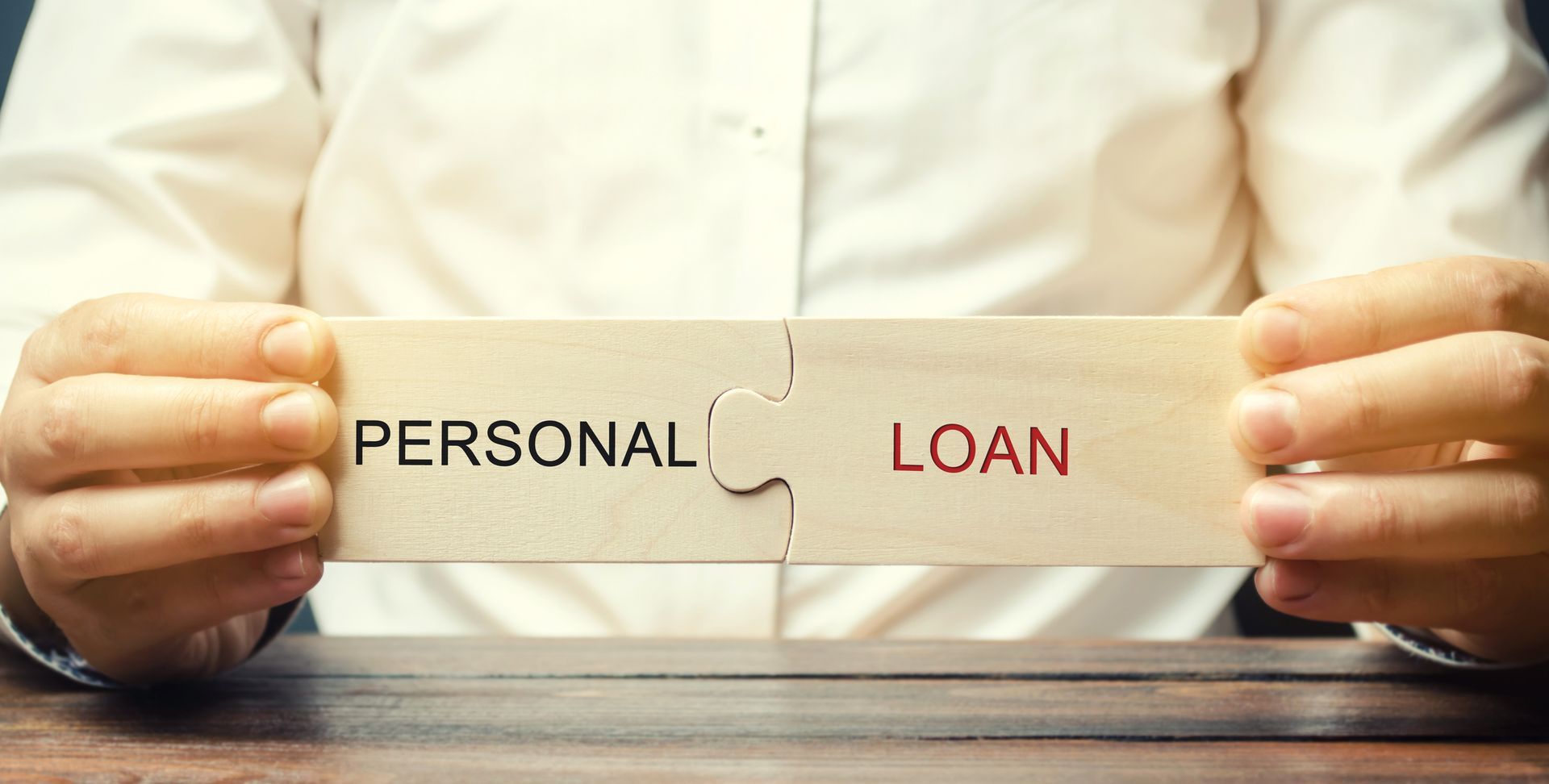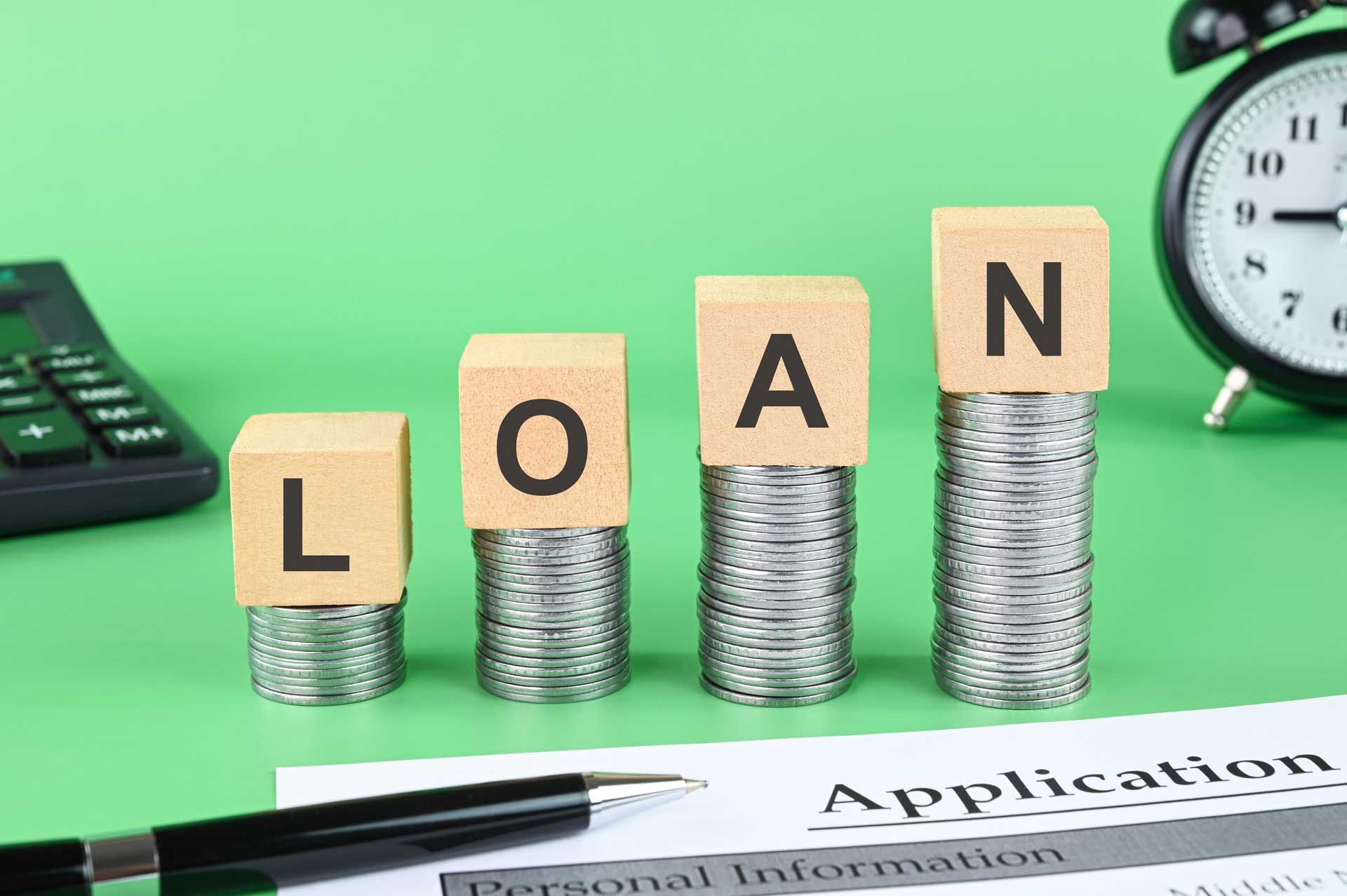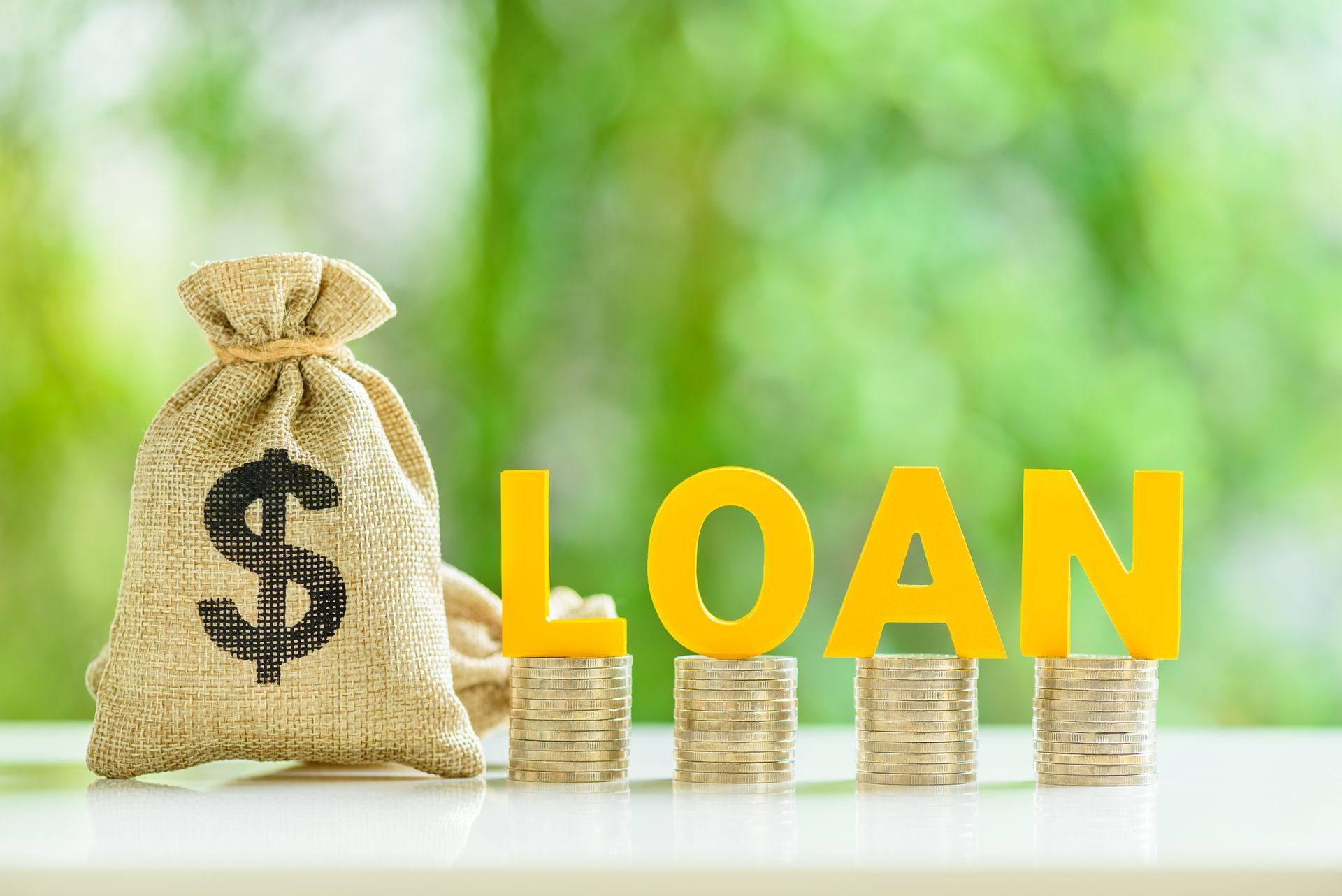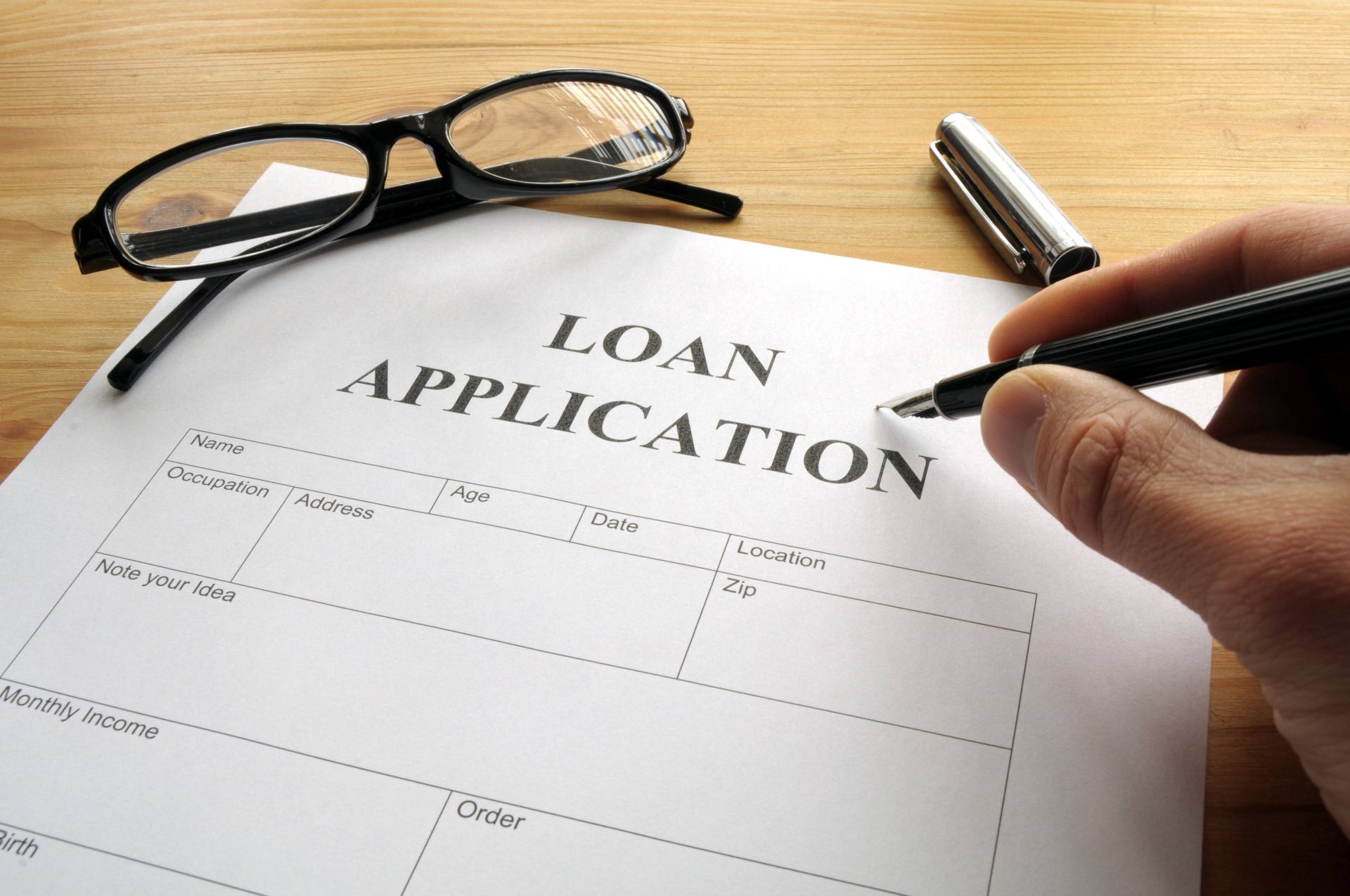Amortized Loans or Credit Cards: Which Is Right for You?
Admin • September 9, 2020

Knowing when and how to utilize debt can help you to smooth over income interruptions, rebuild credit, and deal with unexpected expenses. The vast array of personal finance products available can be bewildering, however, which can make it challenging to choose the right one for your situation.
For the average person, credit cards are usually the go-to form of credit when times are tough. These instruments have their place, but many people overlook personal loans despite their advantages. By learning how an amortized personal loan may make sense for your financial situation, you can avoid many of the pitfalls that come with credit card usage.
Understanding the Key Differences
You likely know what separates credit cards from loans: loans provide one-time cash infusions while credit cards offer on-going lines of credit. While these definitions are correct, they hide some of the underlying complexities of both tools. Credit cards, in particular, can have several surprising downsides that can ultimately lead to more substantial debt.
One of these critical differences comes in the form of the minimum monthly payment. With credit cards, paying the monthly minimum will not necessarily allow you to make significant progress towards your balance. Since many credit cards have high APRs, this can force you into a situation where you must choose between ballooning interest and unsustainably high monthly payments.
Amortized personal loans work like car loans or mortgages. In other words, you have a fixed payment schedule that includes payments towards both balance and interest. This type of payment plan can make your debt more manageable and predictable. In many cases, a personal loan may be more affordable in terms of both the monthly payment and the total cost.
Choosing the Right Option
Do the downsides of credit cards mean that you should always avoid them? No; like any tool, they have their specific uses. Credit cards can make sense for smaller, routine purchases that you can pay off without incurring interest or late fees. Likewise, reward programs make credit cards useful for many day-to-day activities.
On the other hand, personal loans make much more sense for large expenses that you know you cannot afford to pay down in a single month. If your income suddenly falls, your car breaks down, or your home needs repairs, then loading up a credit card can potentially lead to a long-term debt spiral. In these cases, a personal loan can help you to cover your shortfall without creating more financial stress.
Another good rule of thumb is to calculate the total time it will take you to pay off any credit card debt that you accrue. Although the APRs of personal loans vary, they tend to be lower than credit cards. A lower APR means that a personal loan will cost you less, even if you pay it off over the same period as a credit card. The longer it will take you to pay back the debt, the more sense a personal loan makes.
Getting Started With Personal Loans
Once you've decided that a personal loan makes more sense for your situation, then there are still some steps you should take to maximize the loan's value. Most importantly, always choose an amortized loan so that your payments work to reduce your loan principal. If your loan covers discretionary spending (such as home improvements), then you should also try to minimize your costs if possible.
In all cases, you need to consider the full terms of the loan. Ensure that you choose a monthly payment that you can afford, but also avoid loans with excessively long terms or high total costs. Since your goal is to avoid the pitfalls of credit card debt, you should avoid taking on a loan that you cannot afford or that balloons out of control.
If you think that an amortized personal loan can help you, then don't hesitate to contact Ardmore Finance. Our loan team will guide you through the process of creating the perfect loan for your financial situation.
